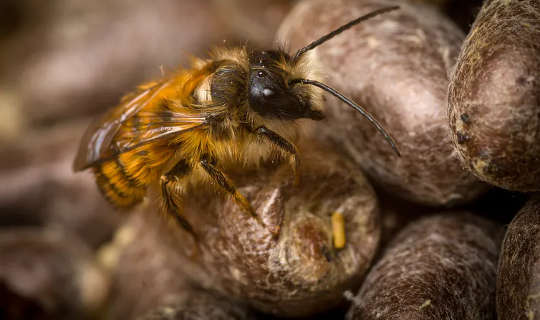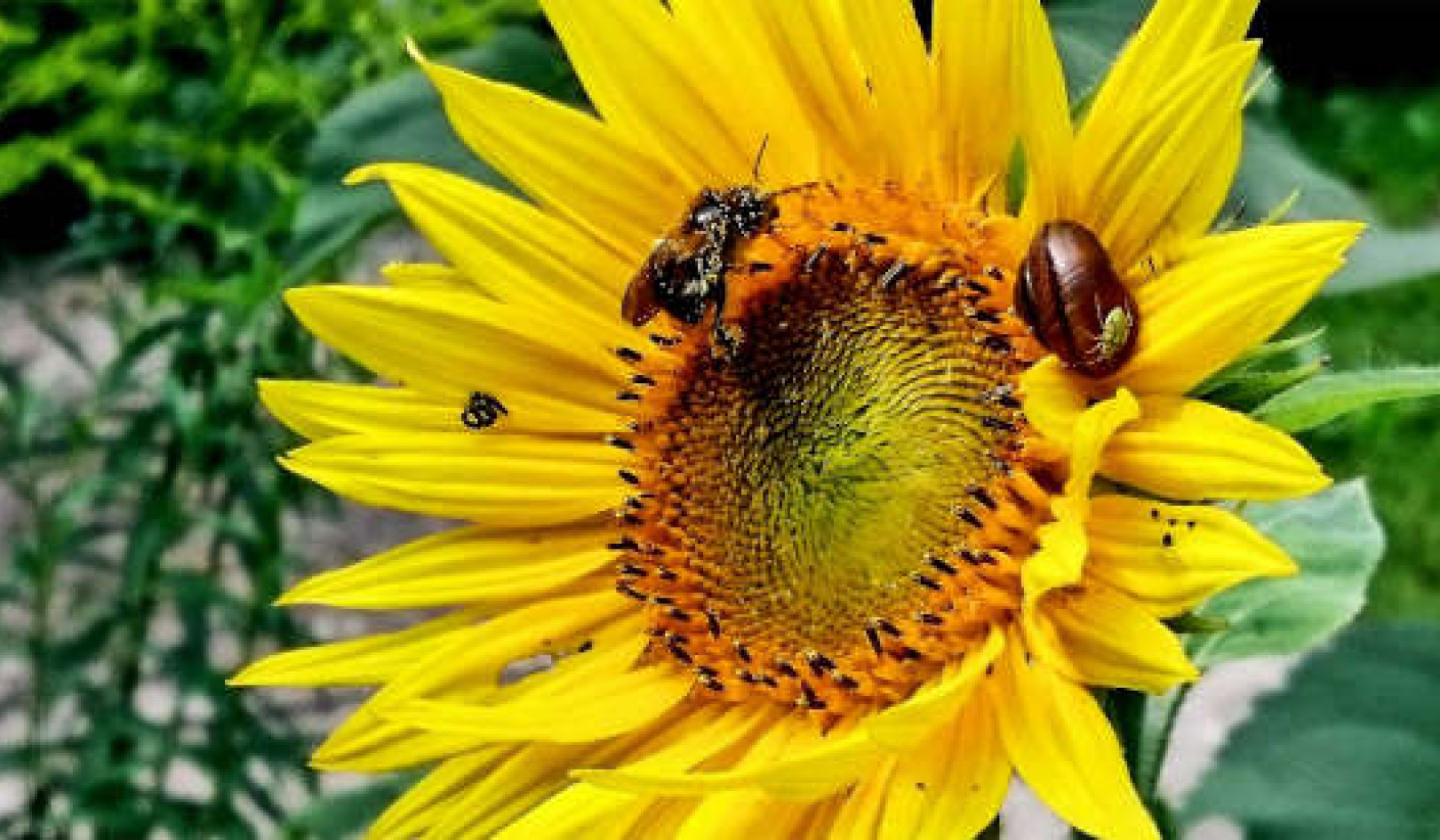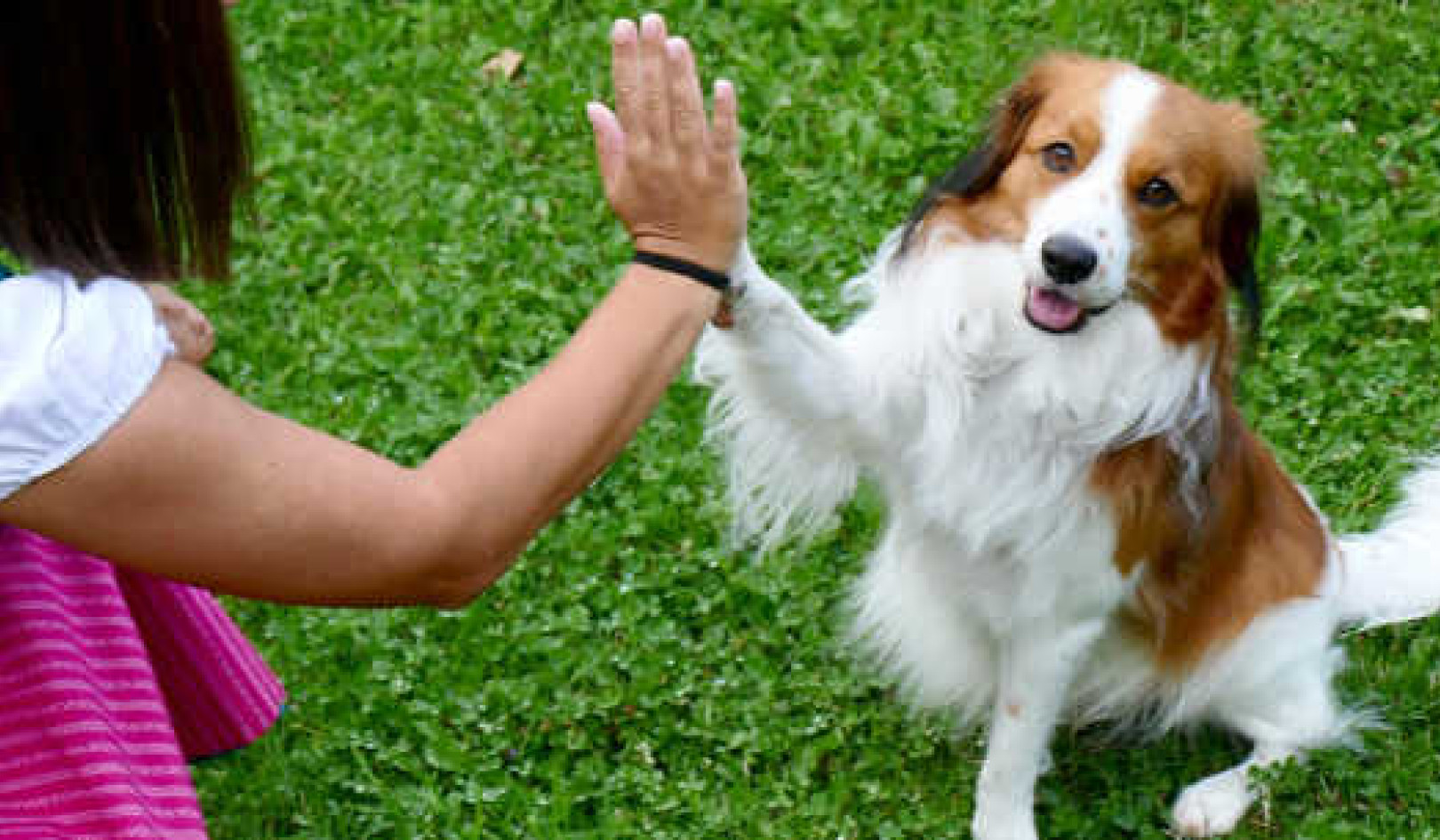
Red mason bee just hatched out of its cocoon. Hazet/Wikimedia Commons, CC BY-SA
Wild bees are essential for sustaining the landscapes we love. A healthy community of wild pollinators ensures that most flowering plants have an A-team pollinator species and a reserve bench of backups. Honeybees – just one bee species among many – can’t do the job by themselves.
Luckily, they don’t have to: there are over 20,000 wild bee species on Earth. The UK is home to around 270 bee species, including 24 species of bumblebee (which, like honeybees, are social, with queens and workers) and nearly 250 solitary species, such as mason bees, which don’t have a worker caste and females raise young alone. Collectively, these wild bees pollinate more flowers than honeybees ever could, and so are critical for keeping our food supply running.
To do this, though, bees first need to feed their own growing young. Unfortunately for them, humans are carpeting landscapes with monoculture crops and grassland. This threatens wild bee populations by turning what were once colourful cornucopias of pollen choices into featureless green deserts.
Astonishingly, we still know very little about what nutrients in pollen help young bees grow. For example, people try to help wild bees by planting “bee-friendly” wildflower seed mixes, which are sold to farmers and in garden centres. These mixes are tailored to produce flowers that provide bees with a sufficient quantity of nectar and pollen across the year. They aren’t designed with pollen quality in mind, because nobody really knows what balance of nutrients young wild bees need to grow.
Get The Latest By Email
The little we know about nutrition for baby bees comes from studies of social species, where it is difficult to study individual young because they are bound up in complex interactions with the workers that feed them. Usually, we have to infer what the young need from the pollen we see being gathered by workers. Perhaps unsurprisingly, worker bees choose to gather protein-rich pollen diets for growing young.
Two new studies are helping to paint a more detailed picture of a baby bee’s ideal diet by focusing on solitary bees, such as mason bees. Unlike workers in social bee colonies, mason bee mothers feed each individual young only once. They pack nest cells individually with a “pollen ball”, lay an egg on it, seal the cell, and leave. This setup makes it easy for us to observe, measure and – crucially – manipulate what individual solitary bee larvae are fed.
For the first time, we hand-reared solitary mason bee larvae on artificial diets, and the results are lifting the lid on what wild bees really need for healthy growth.
Surprise: bees love carbs
In the first study, lead author Alex Austin manipulated the bees’ protein and carbohydrate intake by providing artificial pollen diets with different combinations of these macronutrients. The idea was to find out which diet was best for bee growth and survival – and how much of each diet the larvae chose to eat – and second, what diet bee larvae would compose for themselves if offered the choice. For this second question, the larvae were offered two different diets, which were swapped every 48 hours, and how much of each diet the larvae chose to eat was measured.
We were surprised when the bee offspring fared best on high-carbohydrate diets – and, when given the choice, composed for themselves a much more carb-based diet than social bee workers gather for their brood. Our larvae all ate pretty much the same amount of carbohydrate (about 0.25g), regardless of how much protein they also took in.
Typically, we’d expect herbivores, such as bees, to gorge on whatever protein is available, since a normal plant-eater’s diet consists mostly of carbohydrates. Carb-loading behaviour, like we saw in mason bees, is something we’d instead expect to see in carnivores, for whom protein is plentiful but carbs are scarce. But bees aren’t your typical herbivores: pollen is usually protein-rich and carb-poor, unlike most plant tissue. Carbs are especially scarce for mason bee larvae because they do not store honey – a key source of carbohydrate for many social bees – and parents put very little nectar into the pollen ball. Mason bees may also be particularly carb-hungry because they have to lay down fat to survive hibernation over winter, a process that workers in social colonies tend to avoid.
In the other study, a team of researchers from Poland focused on how micronutrients (the trace elements sodium, potassium and zinc) affect growth. The researchers found that while the potassium in pollen is essential for bees’ growth, mason bee larvae also need it for weaving their cocoons – something social bee young don’t need to do. So when potassium is in short supply, mason bees are forced to choose between growing big or completing their cocoon. Also, male and female bees need different diets: zinc shortage primarily affects males, while sodium deficiency affects females.
In both studies, young mason bees required special nutrition that matched their specific lifestyle. For example, carbohydrates help them survive winters without nectar stores, while potassium supports cocoon-building. Since social bees store nectar – and workers don’t overwinter or build cocoons – their young are likely to have different requirements.
Our findings suggest that bees’ dietary requirements may be just as diverse as their different lifestyles. We mustn’t ignore these differences – so it may be wise to use them to refine our idea of a “bee-friendly” wildflower mix. By considering the nuances of bees’ dietary needs, we can design nutritionally balanced seed mixes that help pollinators shore up our ecosystems and food supplies.
About the Authors
James Gilbert, Lecturer in Zoology, University of Hull and Elizabeth Duncan, Associate Professor of Zoology, University of Leeds
books_gardening
This article is republished from The Conversation under a Creative Commons license. Read the original article.







